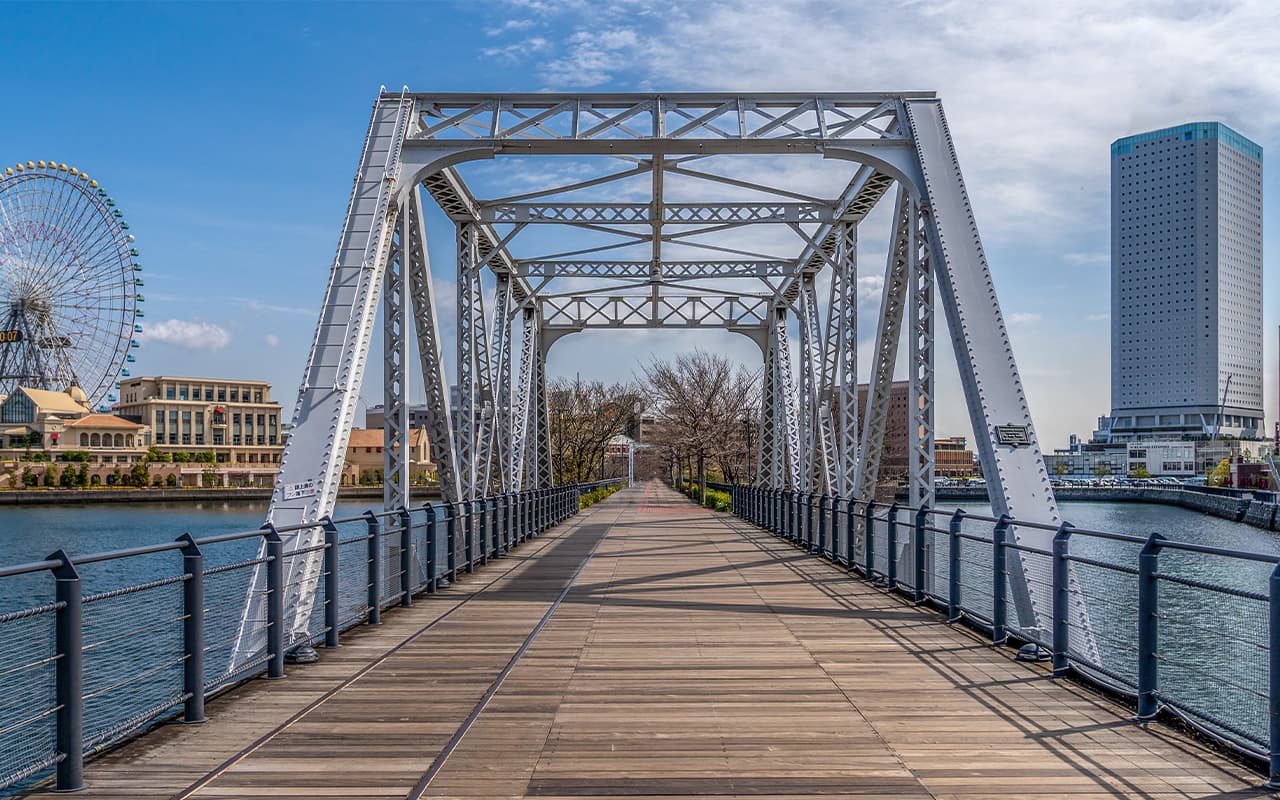Several years ago, the Alabama Department of Transportation (ALDOT) proposed a $2.1 billion project to procure the ambitious project (which includes reconstruction of the associated levee and other facilities) as a public-private partnership (P3) with revenue risk and had a $125 million Infrastructure for Rebuilding America (INFRA) grant already approved for the project. When elected officials and much of the public heard ALDOT’s estimate that the toll would be approximately $5 one way, public support disappeared, and metropolitan planning organizations on both sides of the Mobile River dropped the project from their five-year plans.
But the bridge does need to be replaced; it is too low for modern ships to pass under it at high tide, let alone cope with sea level rise. The Alabama Department of Transportation’s backup plan was to simply replace the bridge and charge only trucks, which threatened a major battle with the trucking industry. And the local opinion really wanted to modernize the levee and other features. They were not opposed to tolls covering part of the cost, as long as non-toll alternative river crossings were still available. This led to both city planning organizations approving a new plan to do all the original improvements, charging only for the replacement bridge and limiting the round-trip toll to $2.50, which ALDOT would likely approve.
Does the current structure exclude the procurement of the bridge as a public-private partnership?
Although design-build is a better procurement method than design-bid-build, it pales in comparison to design-build-finance-operate-maintain (DBFOM), whether it is availability-payment or revenue risk. With DBFOM, long-term facility management is built in. The special purpose vehicle that wins the project will also be its operator for a significant portion of its service life. This means that it has an incentive to design and build the project to minimize its life-cycle cost rather than its initial cost. A long-term concession agreement will also require a reserve account for the last five years of the concession term to ensure that there is no maintenance backlog during these last years.
There is also the transfer of significant risk for things like cost overruns and late completion. Despite the recent DBFOM tolling problems for the Maryland Purple Line and Florida I-4 Ultimate projects, there have been notable successes in tolling projects, such as the Miami Port Tunnel (high risk but delivered on time and nearly under budget) and the Florida I-595 reconstruction and modernization project. The port project was intentionally not tolled, as its goal was to move heavy trucks and tour buses off the streets in downtown Miami and directly onto a limited access highway. I-595 received revenue solely from the recently added reversible toll lanes for express buses, which could not cover the cost of the $1.6 billion reconstruction project.




